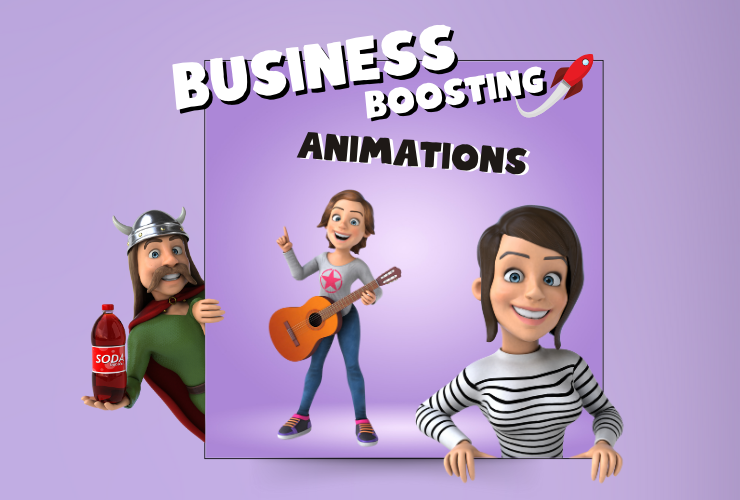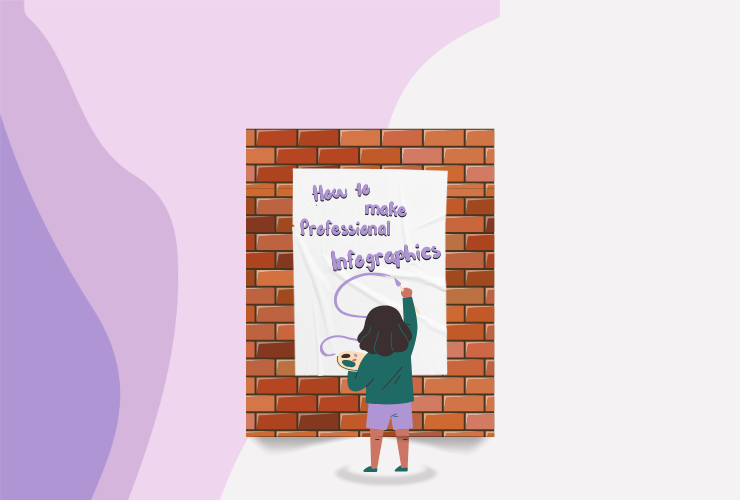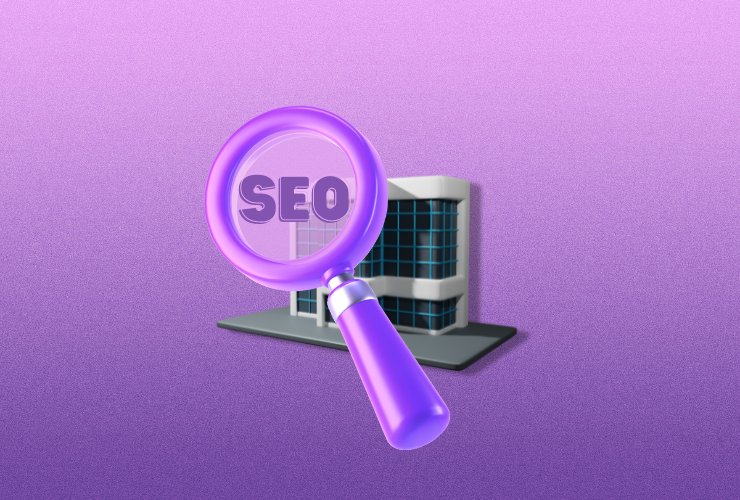Storytelling in Motion: Creating Business-Boosting Animations- Sow Dream
Once upon a time, there was a business that wanted to grow. But how? The market was crowded, and the competition was fierce. The business needed something that would make it stand out from the crowd and capture the attention of potential customers.
That's where animation came in.
Animation is a powerful storytelling tool. It can be used to explain complex concepts in a simple and engaging way. It can also be used to create emotional connections with audiences. And that's exactly what the business needed.
The business created a series of animated videos that explained its products and services in a fun and informative way. The videos were also designed to appeal to the business's target audience, and they were shared on social media and the business's website.
The results were amazing. The videos were a huge hit with viewers, and the business saw a significant increase in traffic and sales.
The Power of Storytelling in Business
People are hardwired for stories. We're more likely to pay attention to information that is presented in a narrative format. Stories also help us to connect with each other on an emotional level.
When you use storytelling in your business, you're not just selling products or services. You're selling a story that people can relate to and care about. This can lead to stronger relationships, increased engagement, and more sales.
Your brand story is the foundation of your brand identity. It's what sets you apart from your competitors and makes you unique. A well-crafted brand story can help you to attract your ideal customers and build a loyal following.
Animation can be a great way to tell your brand story in a visually appealing and engaging way. Animated videos can be used to explain your brand's mission, values, and unique selling proposition. They can also be used to showcase your products or services in a creative and informative way.
Successful Brand Stories
Here are a few examples of successful brand stories that have been told through animation:
- Mailchimp: Mailchimp's animated videos are known for their humor and creativity. The company uses animation to explain its products and services in a way that is both informative and entertaining.
- Dropbox: Dropbox's animated video explainer is one of the most successful of all time. The video has been viewed over 100 million times and has helped Dropbox to acquire millions of new customers.
- TED-Ed: TED-Ed is a non-profit organization that creates educational animated videos on a variety of topics. The organization's videos have been viewed over 5 billion times and have helped to educate millions of people around the world.
These are just a few examples of how animation can be used to tell compelling brand stories that connect with audiences and drive results.
Animation as a Storytelling Tool
Animation can bring stories to life in a way that static images and text cannot. Animated characters and environments can be used to create immersive worlds that transport viewers into the story.
Animation can also be used to create visually appealing and engaging effects. For example, animation can be used to create slow-motion sequences, flashbacks, and dream sequences. This can add depth and complexity to your story and make it more memorable for viewers.
Animation can be used to convey complex messages in a simple and easy-to-understand format. For example, animation can be used to explain scientific concepts, business processes, and technical products.
Animation can also be used to break down complex information into smaller, more manageable chunks. This can make it easier for viewers to understand and retain the information.
Benefits of Using Animated Content
Here are some of the benefits of incorporating animation into your marketing strategies:
- Increased Engagement and Retention: Animated content is more engaging and visually appealing than traditional text-based content. This is because animation can be used to create dynamic and interactive experiences that capture viewers' attention and keep them engaged.
- Improved Communication of Ideas: Animation can be used to communicate complex ideas in a simple and easy-to-understand way. This is because animation can be used to break down complex information into smaller, more manageable chunks and to use visual aids to illustrate key concepts.
- Enhanced Brand Recognition: Animated content can help to enhance brand recognition by creating a unique and memorable visual identity for your brand. Animated characters, logos, and environments can be used to create a consistent and cohesive brand experience across all of your marketing materials.
Case Studies or Success stories of Businesses that saw Growth Through Animation
Company: Mailchimp
Industry: Email marketing
- Challenges: Mailchimp was facing increasing competition from other email marketing platforms. The company needed to find a way to differentiate itself from its competitors and appeal to its target audience.
- Solution: Mailchimp created a series of animated videos that explained its products and services in a fun and engaging way. The company also used animation to create educational content and to showcase its brand culture.
- Results: Mailchimp's animated videos have been viewed over 1 billion times and have helped the company to acquire millions of new customers. Mailchimp has also been recognized as one of the most innovative companies in the world
Steps to Create Business-Boosting Animations
Here is a step-by-step guide to creating animated content for businesses:
- Conceptualization and storyboarding: The first step is to develop a concept for your animation and to create a storyboard. The storyboard should outline the key scenes in your animation and the flow of the story.
- Animation production: Once you have a storyboard, you can start to produce your animation. This can be done in-house or by hiring a professional animation studio.
- Voiceovers and sound design: Once your animation is complete, you can add voice overs and sound effects. This will help to bring your animation to life and to make it more engaging for viewers.
- Final editing and polishing: The final step is to edit and polish your animation. This includes adding music, color grading, and any other special effects.
Tips for Effective Business Animation
Here are some practical tips for creating animations that resonate with your target audience:
- Keep it simple and focused: Your animation should have a clear and concise message. Don't try to cram too much information into your animation.
- Align animations with brand values: Your animations should reflect your brand values and personality. This will help to create a consistent and cohesive brand experience.
- Incorporate a call-to-action (CTA): Your animation should tell viewers what you want them to do next. This could be visiting your website, signing up for your newsletter, or making a purchase.
Examples of Businesses from Various Industries using Animation Effectively
Here are a few examples of businesses from various industries using animation effectively:
- Technology: Salesforce, SAP, and IBM are all using animation to explain their complex products and services in a simple and engaging way.
- Education: TED-Ed and Khan Academy are using animation to create educational videos on a variety of topics.
- Healthcare: The Mayo Clinic and Cleveland Clinic are using animation to explain medical procedures and conditions in a way that is easy for patients to understand.
- Retail: Amazon and Walmart are using animation to create engaging product demos and to showcase their brands.
- Nonprofit: The World Wildlife Fund and UNICEF are using animation to raise awareness about important social and environmental issues.
These are just a few examples of how businesses from various industries are using animation to achieve their marketing and business goals.
How Animation Contributes to Business Growth
Animation can contribute to business growth in a number of ways. For example, animation can be used to:
- Increase brand awareness and recognition.
- Generate leads and sales.
- Educate and inform customers.
- Explain complex products and services.
- Promote brand values and culture.
- Engage and retain customers.
By using animation in a strategic way, businesses can achieve their marketing and business goals more effectively.
The Bottom Line
Animation is a powerful storytelling tool that can be used to boost business results. Animation can be used to create engaging and informative content that helps businesses to connect with their audiences, explain their products and services, and drive growth.
If you're looking for a way to boost your business results, consider integrating animation into your marketing strategies. Animation can help you to achieve a variety of marketing and business goals, such as increasing brand awareness, generating leads and sales, educating customers, explaining complex products and services, promoting brand values and culture, and engaging and retaining customers.
So what are your thoughts on using animation for business storytelling?





